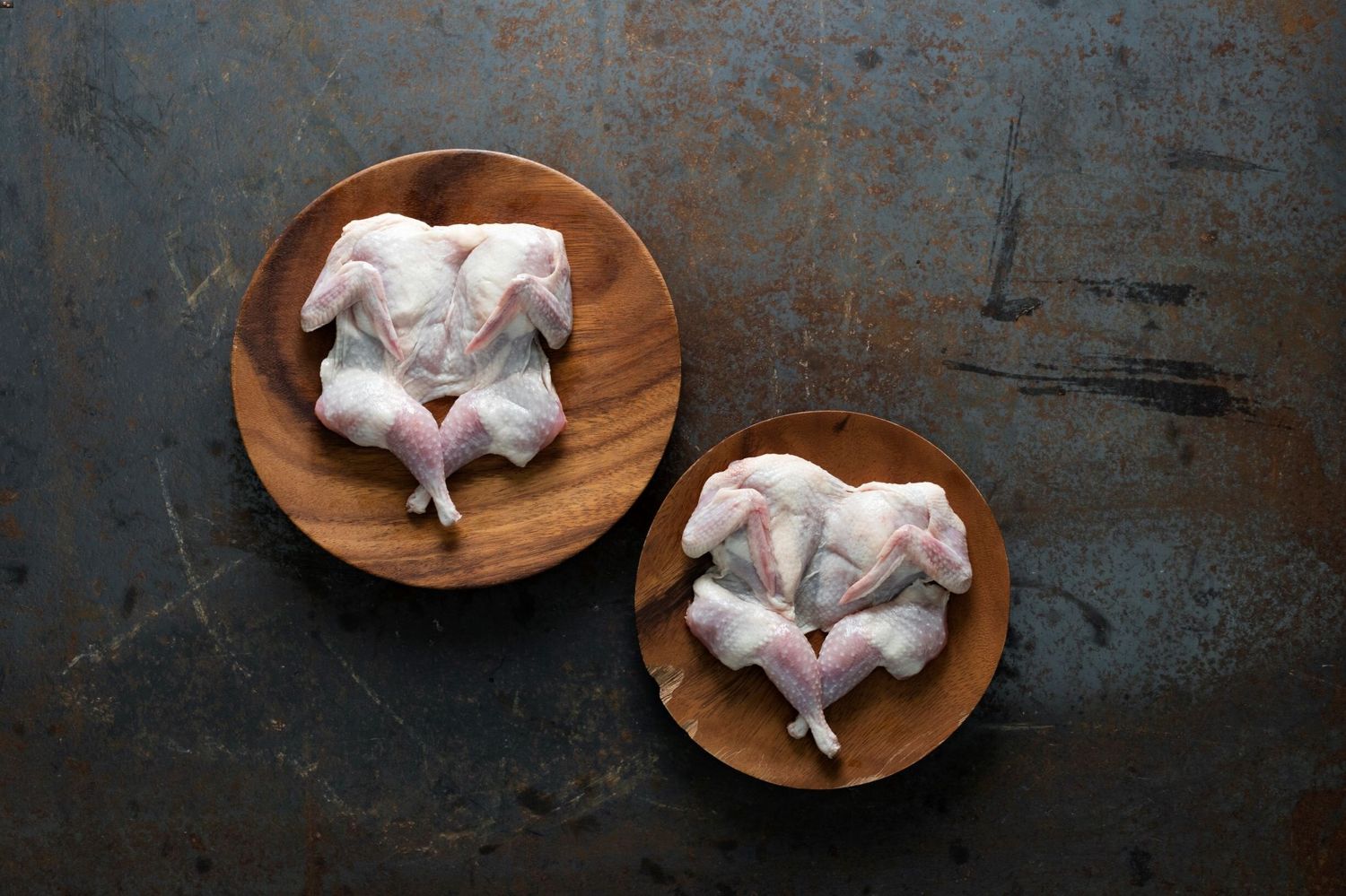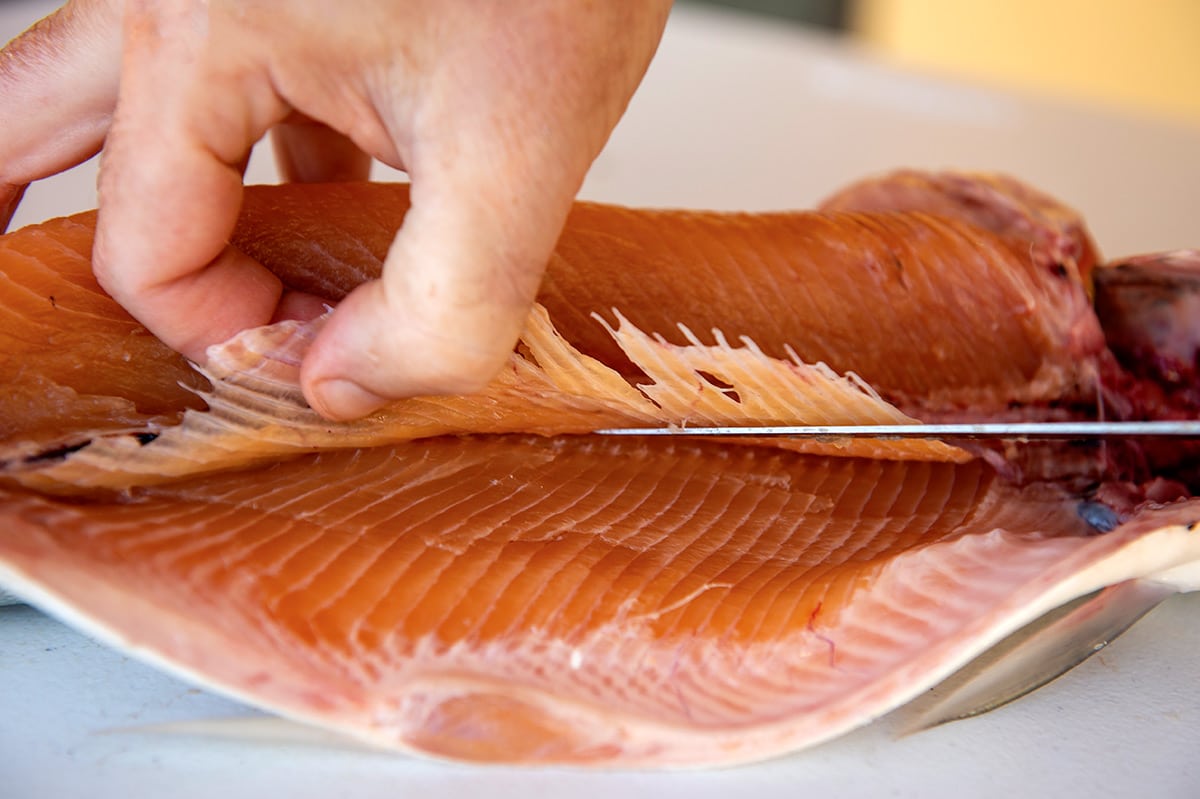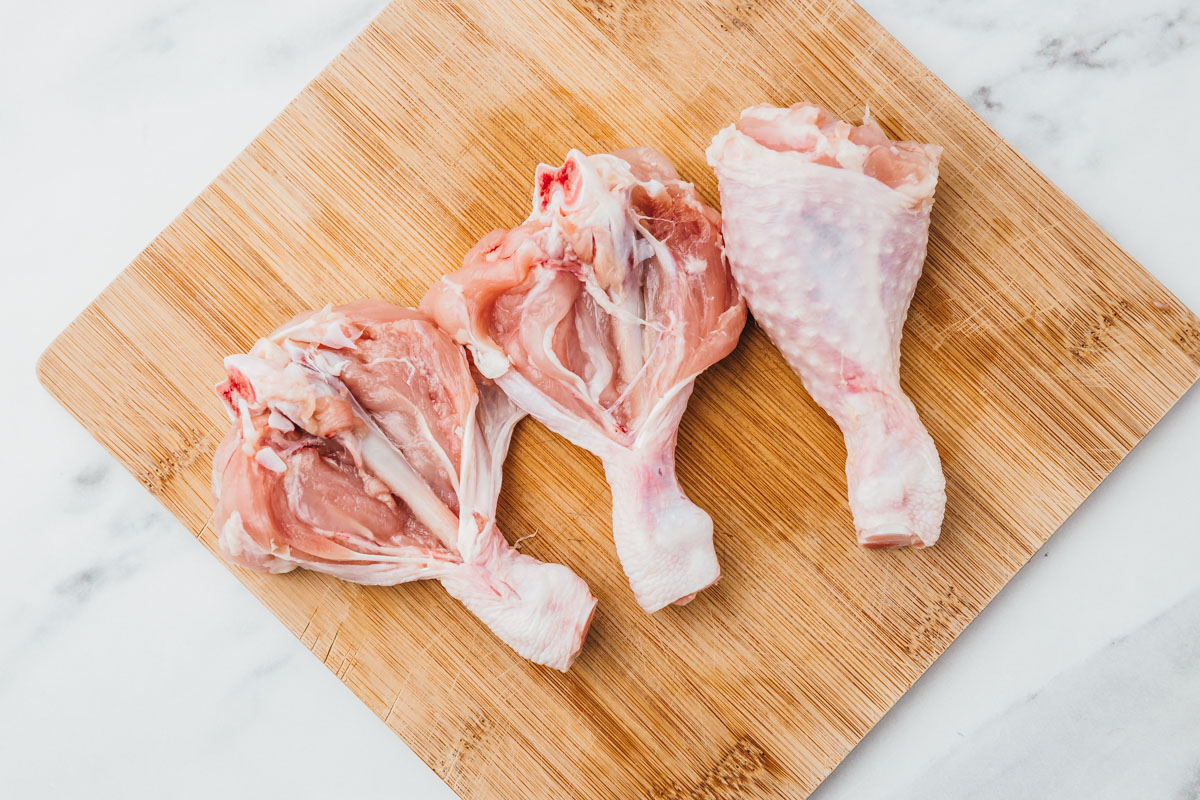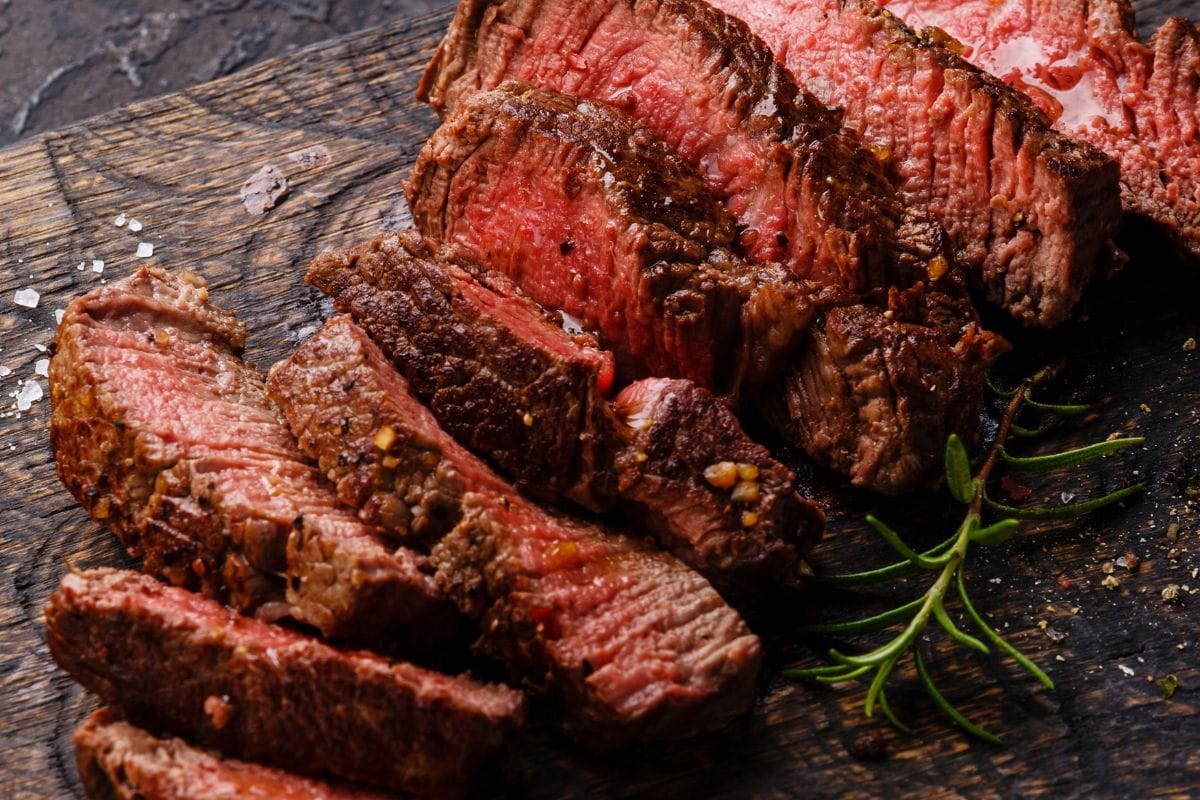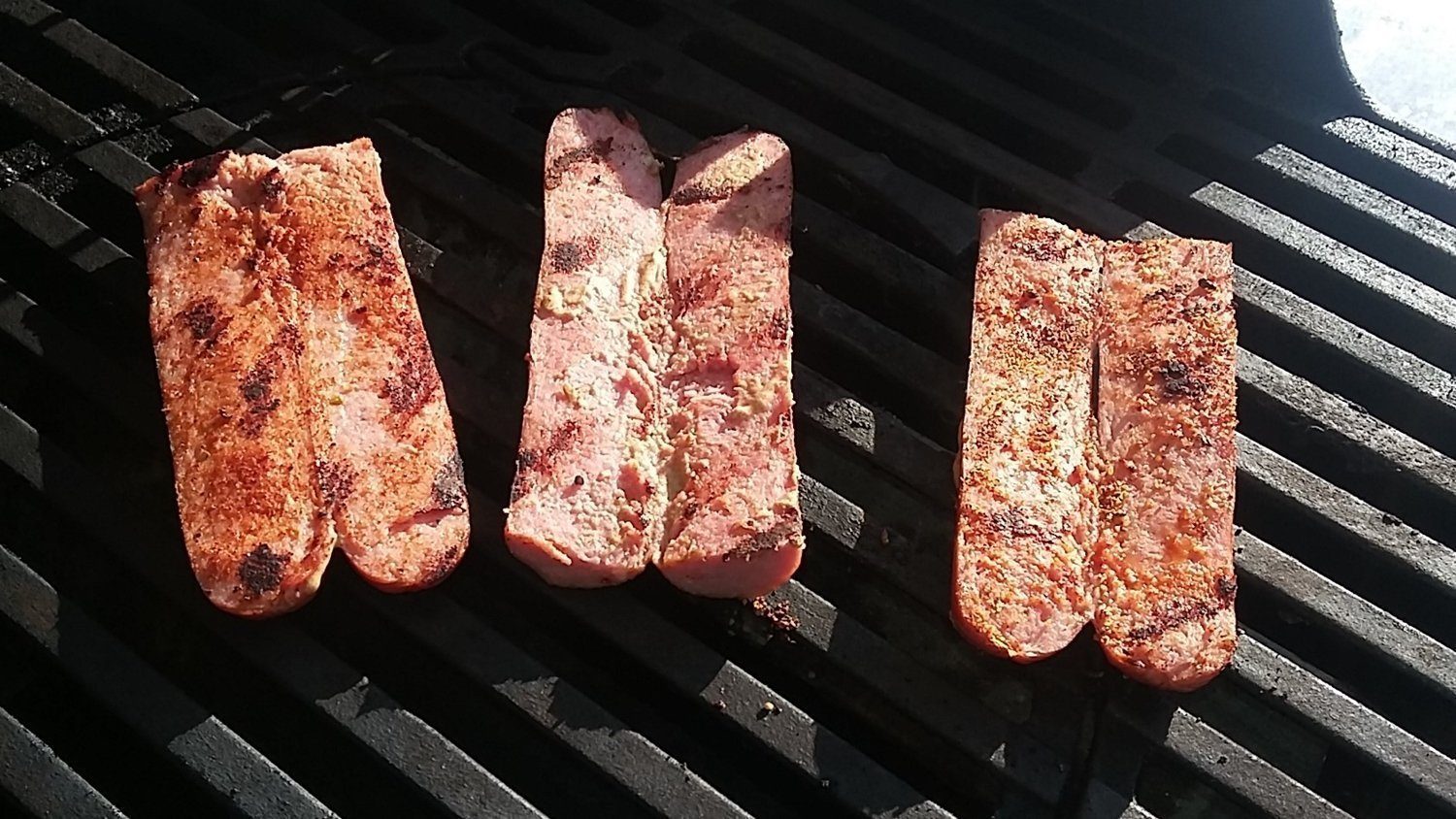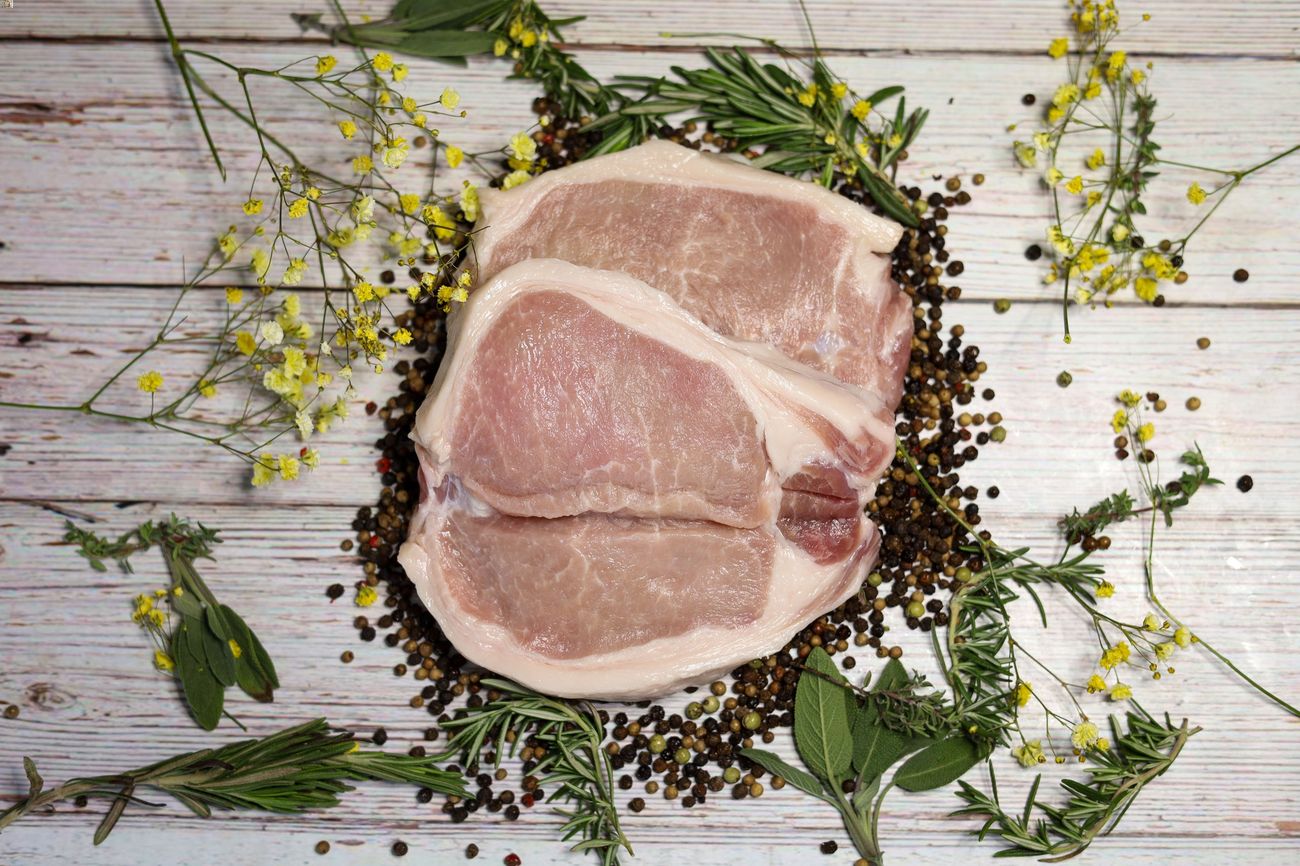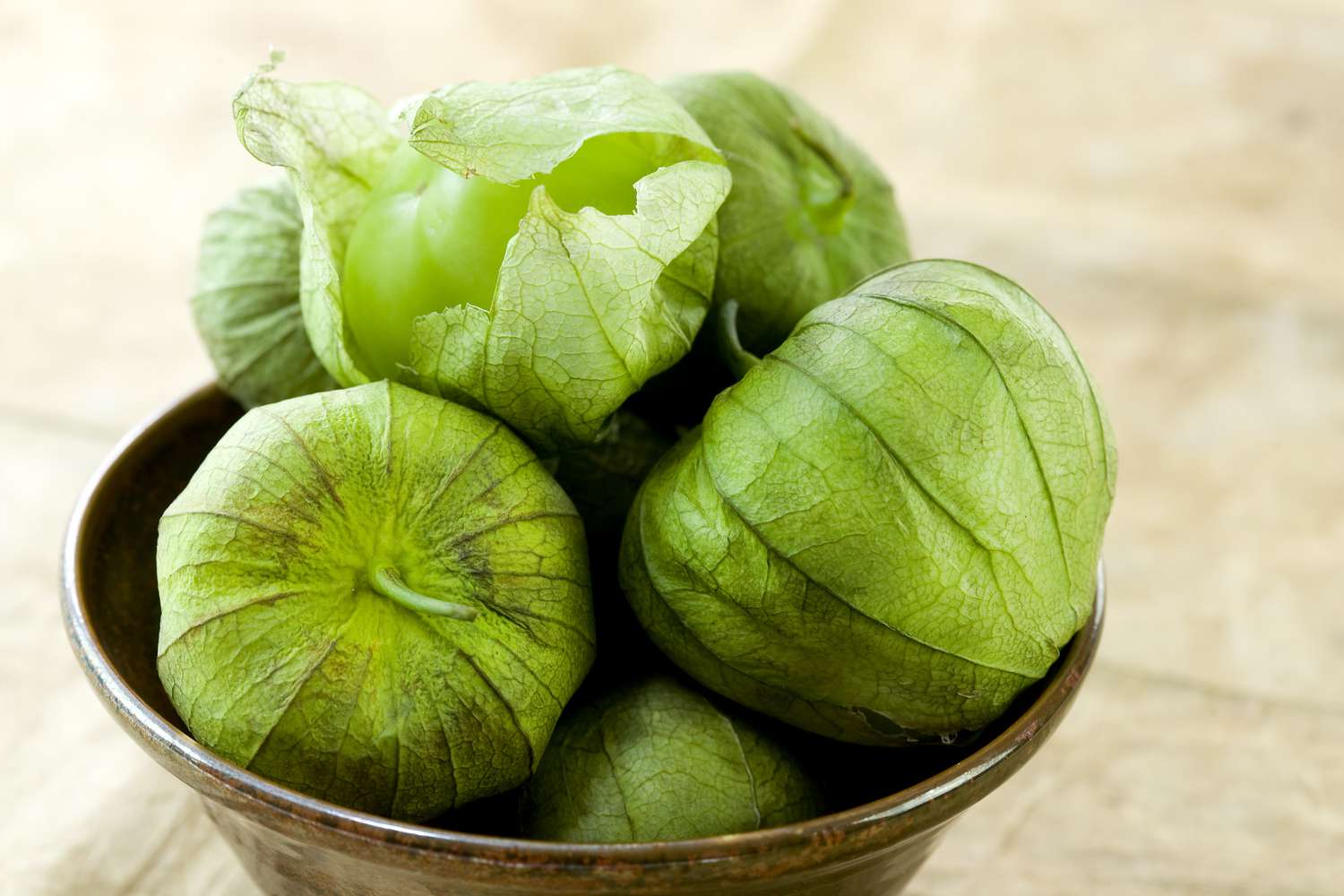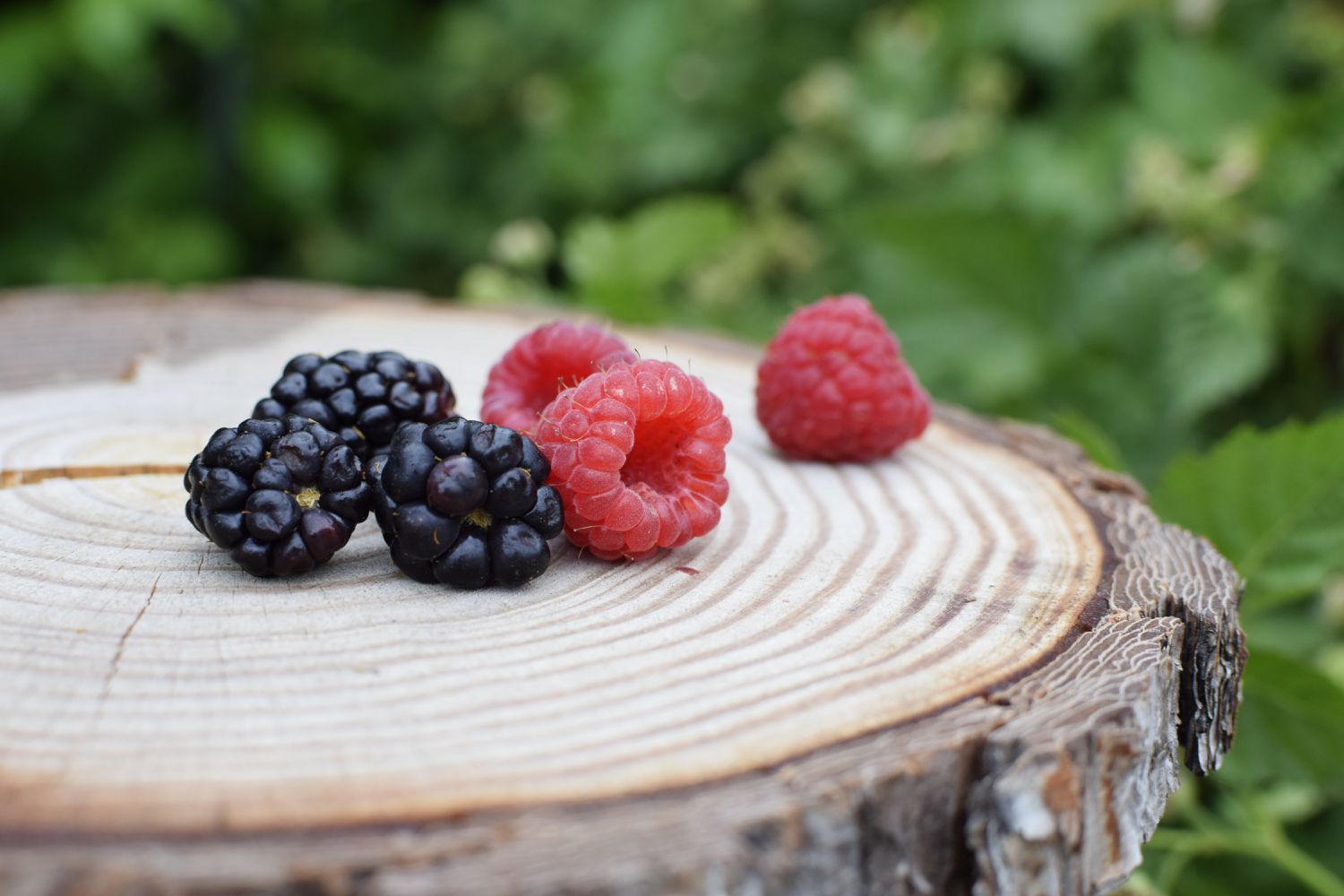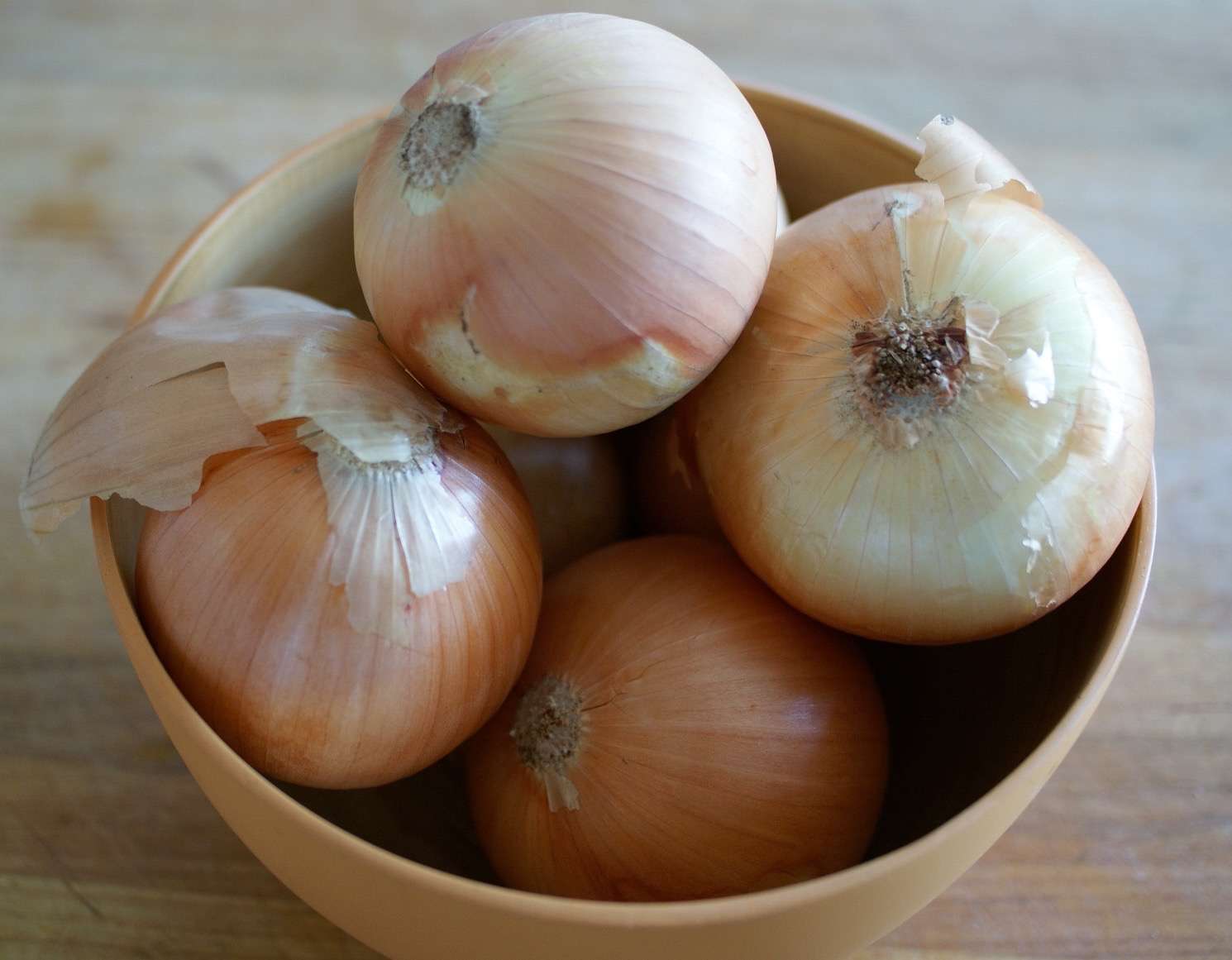Mastering the Art of Butterfly Cutting Salmon
Welcome to the world of culinary artistry! If you’re a seafood enthusiast, you’ll be thrilled to learn the technique of butterfly cutting salmon. This method not only enhances the presentation of the fish but also allows for even cooking, making it a delightful addition to any meal. Whether you’re a seasoned chef or a novice in the kitchen, mastering this skill will undoubtedly elevate your cooking game.
What You’ll Need
Before we dive into the process, let’s gather the essential tools and ingredients:
- Whole salmon fillet
- Sharp chef’s knife
- Cutting board
- Paper towels
- Seasonings of your choice
Preparing the Salmon
Start by placing the salmon fillet on the cutting board, skin side down. Pat it dry with paper towels to ensure a firm grip during the cutting process. This step is crucial for maintaining control and precision.
Butterfly Cutting Technique
Now, let’s get into the heart of the matter – butterfly cutting the salmon. Follow these steps for a flawless execution:
- Make a Guiding Incision: Using a sharp chef’s knife, create a horizontal incision along the length of the fillet, cutting almost all the way through but leaving about half an inch uncut to keep the fillet intact.
- Open Up the Fillet: Carefully open the top half of the fillet like a book, ensuring that it lays flat on the cutting board. The result should resemble butterfly wings, hence the name of the technique.
- Season to Perfection: With the fillet opened up, you can generously season the inside with your favorite herbs, spices, or marinade. This step allows the flavors to infuse the fish beautifully.
Benefits of Butterfly Cutting
Butterfly cutting salmon offers a myriad of benefits that go beyond its visual appeal. Here are a few reasons why this technique is worth mastering:
- Even Cooking: By creating a uniform thickness, butterfly cutting ensures that the salmon cooks evenly, preventing dryness or undercooked sections.
- Enhanced Flavor Absorption: The open fillet allows for better absorption of seasonings and marinades, resulting in a more flavorful dish.
- Eye-Catching Presentation: The butterfly cut not only showcases the salmon’s natural beauty but also provides an elegant presentation on the plate.
Putting It All Together
Now that you’ve mastered the art of butterfly cutting salmon, it’s time to put your skills to the test. Whether you choose to grill, bake, or pan-sear the salmon, you can be confident that your dish will not only taste exquisite but also look stunning on the plate. So, roll up your sleeves, grab that chef’s knife, and let your culinary creativity soar!
With these simple yet effective steps, you can elevate your cooking game and impress your guests with a beautifully butterfly-cut salmon dish. Happy cooking!
